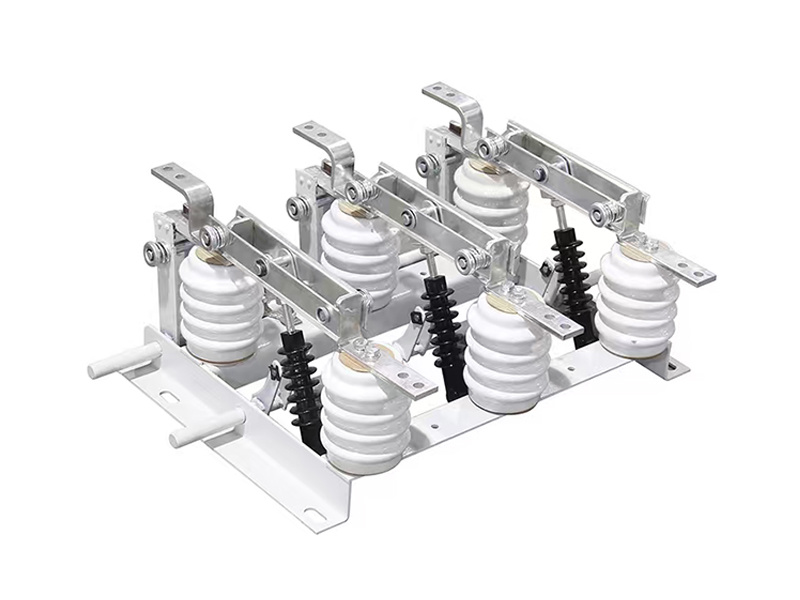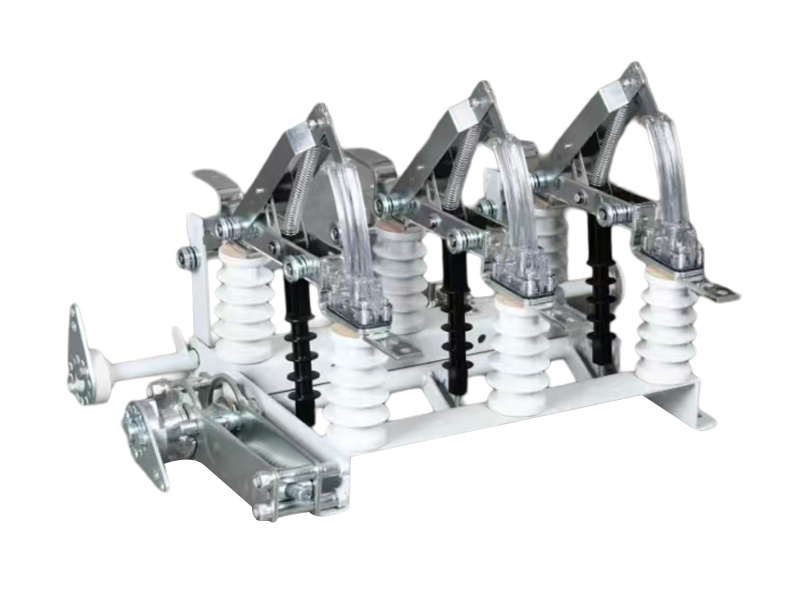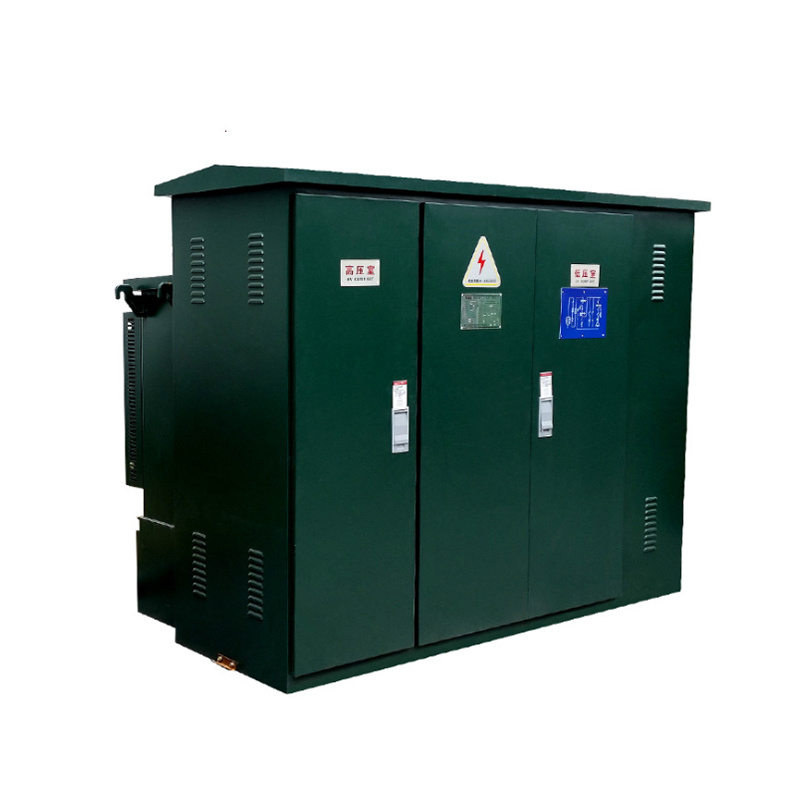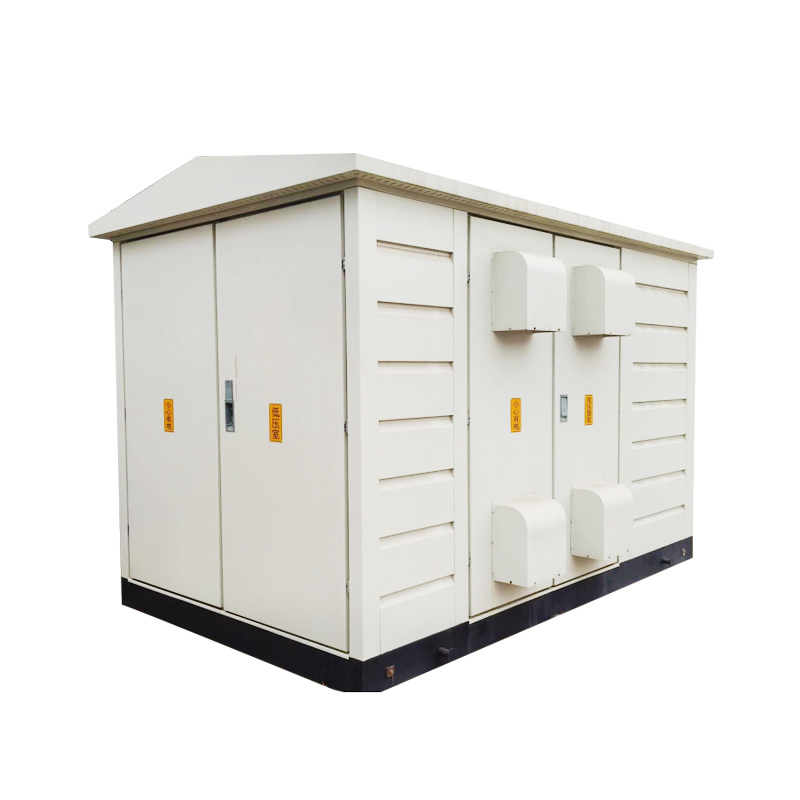Contact Us
Email:
WhatsApp:
Molded Case Switch Low Voltage Circuit Breaker
- Product Description
-
Product Introduction
Molded Case Circuit Breaker (full name Molded Case Low Voltage Circuit Breaker, abbreviated as MCCB in English) is a core device used for branch circuit control and safety protection in low-voltage distribution systems (AC 380V/220V). It is named because the "circuit breaker body is enclosed in an insulating plastic case." It combines the dual functions of "making/breaking normal load current" and "interrupting fault currents such as short circuits and overloads," suitable for a current range of 10A~1250A. It serves as a "key bridge" connecting the low-voltage main trunk circuit (such as busbars controlled by frame circuit breakers) and terminal loads (motors, lighting, sockets, etc.), widely used in industrial plants, commercial buildings, residential communities, and almost all low-voltage distribution scenarios.
Working Principle
The working logic of the molded case low-voltage circuit breaker is divided into "normal closing/opening control" and "fault automatic trip protection," relying on the physical/electronic characteristics of the trip unit to achieve safety protection:
1. Normal Operation: Manual/Electric Closing and Opening
Closing: Move the handle to the "ON" position (or trigger the electric operation signal), the spring mechanism drives the main contacts to close, the conductive circuit is connected, and the load (such as motor, lighting) is powered and running; at this time, the opening spring is simultaneously charged, preparing for the next opening.
Opening: Move the handle to the "OFF" position (or trigger the remote opening signal), the charged spring releases energy, driving the main contacts to separate quickly. The arc generated at the moment of opening is divided and cooled by the arc extinguishing chamber, eventually extinguishing and cutting off the circuit.
2. Fault Protection: Automatic Opening
Overload Protection (Thermal Trip Action): When the circuit current continuously exceeds the rated value (e.g., a 100A switch passing 120A current for a long time), the main circuit current flows through the bimetal strip. Due to the "different thermal expansion coefficients of the metals," the bimetal strip gradually bends, pushing the trip lever to force the main contacts to open; the more severe the overload, the faster the bimetal strip bends, and the shorter the protection delay (e.g., a delay of several minutes at 1.2 times rated current, and several tens of seconds at 1.5 times), avoiding false trips caused by motor starting currents (short-term overload).
Short Circuit Protection (Magnetic Trip Action): When a short circuit occurs in the circuit (current suddenly rises to 10~20 times the rated value, e.g., a 100A switch encountering 1000A short circuit current), the electromagnet coil generates a strong magnetic field, instantly attracting the armature, pushing the trip lever, and quickly opening the main contacts; simultaneously, the arc extinguishing chamber divides the arc into multiple short arcs, the arc voltage exceeds the power supply voltage, and the arc extinguishes quickly, preventing arc erosion of equipment or fire hazards.
Leakage Protection (Optional): If equipped with a leakage module, the zero-sequence current transformer monitors the "vector sum of the current between the live and neutral wires" in real time (normally the vector sum is 0); when a person is electrocuted or equipment leaks current (e.g., phase wire grounding), and the current vector sum ≥30mA, the module outputs a trip signal, triggering the circuit breaker to open and protecting personal safety.
Application Scenarios
Molded case low-voltage circuit breakers are the most widely used type in low-voltage distribution due to their "strong capacity adaptability and flexible installation." Core scenarios include:
Industrial Power Circuits: Control high-power equipment in workshops (such as 55kW motors, 100kW heating equipment), achieving overload (preventing motor stall) and short circuit protection through thermal-magnetic trips;
Commercial Building Distribution: Floor distribution trunk lines in shopping malls and office buildings (e.g., main switches for all shops on one floor, capacity 250A~630A), some with leakage protection to prevent aging leakage;
Residential Building Distribution: Main switches for residential community unit buildings (63A~250A), underground garage charging pile circuits (32A~100A), suitable for dense installation requirements;
Backup Power Systems: Low-voltage output circuits of UPS and diesel generators (e.g., 200A UPS output switch), some electronic models support linkage with power systems for fast switching during faults;
Wet/Explosion-Proof Scenarios: Molded case circuit breakers with leakage protection are used for bathroom and kitchen distribution; explosion-proof molded case circuit breakers (with explosion-proof enclosure design) are used in hazardous environments such as chemical plants and gas stations.
Keywords:
Related Products
YB M/YB P Prefabricated Substation













